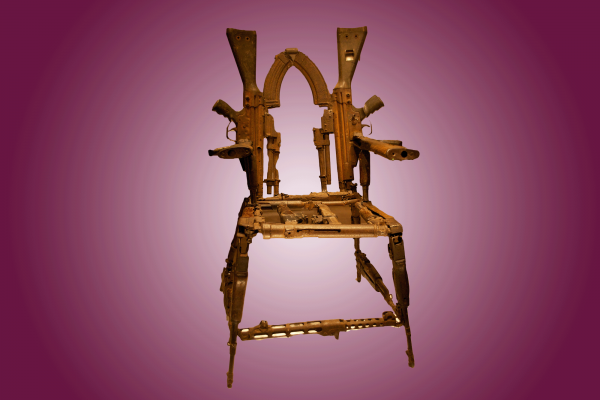IN PEACEBUILDING AND THE ARTS, practical theologians Theodora Hawksley and Jolyon Mitchell ask readers to imagine peace: “It is all too easy to reach for clichés” — doves or peace signs come to mind — or “to think of peace as a sort of absence, a not-happening.” In our violent world, we readily picture conflict and injustice, but not peace or conflict transformation. The arts help us fill this empty space, revealing the true nature of peacebuilding as “an ongoing, dynamic process, a journey that sets human relationships on the road to life.” Through bolstering the moral imagination, the arts rehumanize dehumanized contexts.
Mitchell explains how the arts give us “realistic visions of how to create peace” and foster “an environment in which the ‘moral imagination’ can be cultivated.” He shares the example of Mozambican Anglican Bishop Dinis Sengulane, who, in the mid-’90s, established the Transforming Arms into Tools project after the end of Mozambique’s long civil war. This project asked local artists to “glorify peace” through refashioning decommissioned weapons into art. Compelling works such as “Throne of Weapons” (2001) and “Tree of Life” (2004) emerged: metallic sculptures made from assault rifles welded together in a way that preserved the outlines of the weapons. The “Throne of Weapons” has a back, arms, seat, and legs made clearly from the barrels, triggers, and heels of AK47s. The viewing experience is a dance between the parts and the whole, which underscores the meaning of the project itself. The sculptures represent the specific horrors of the past and broader hope born from peacebuilding. Displayed in public places in the U.K., these works have served as a caution against gun violence and an inspiration to activist-artists across the globe.
Read the Full Article

